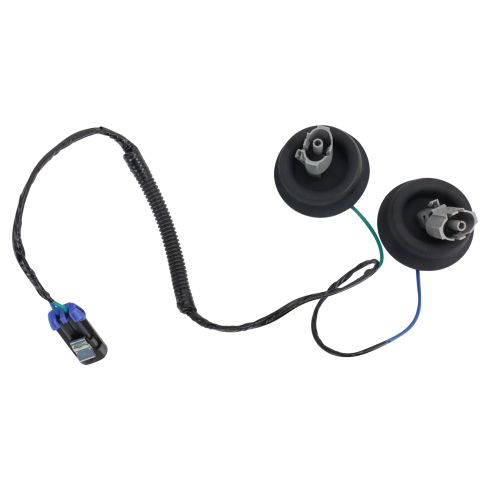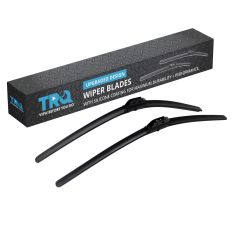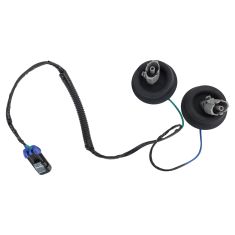1AZWH00060-Engine Knock Sensor Harness TRQ ESA94916



Replaces
2007 GMC Yukon XL 1500 with Dual Connectors with Grommets Engine Knock Sensor Harness TRQ ESA94916


Recommended for your 2007 GMC Yukon XL 1500
Frequently bought together
Product Reviews
Loading reviews
Customer Q&A
No questions have been asked about this item.
GMC is a registered trademark of General Motors Company. 1A Auto is not affiliated with or sponsored by GMC or General Motors Company.
See all trademarks.







